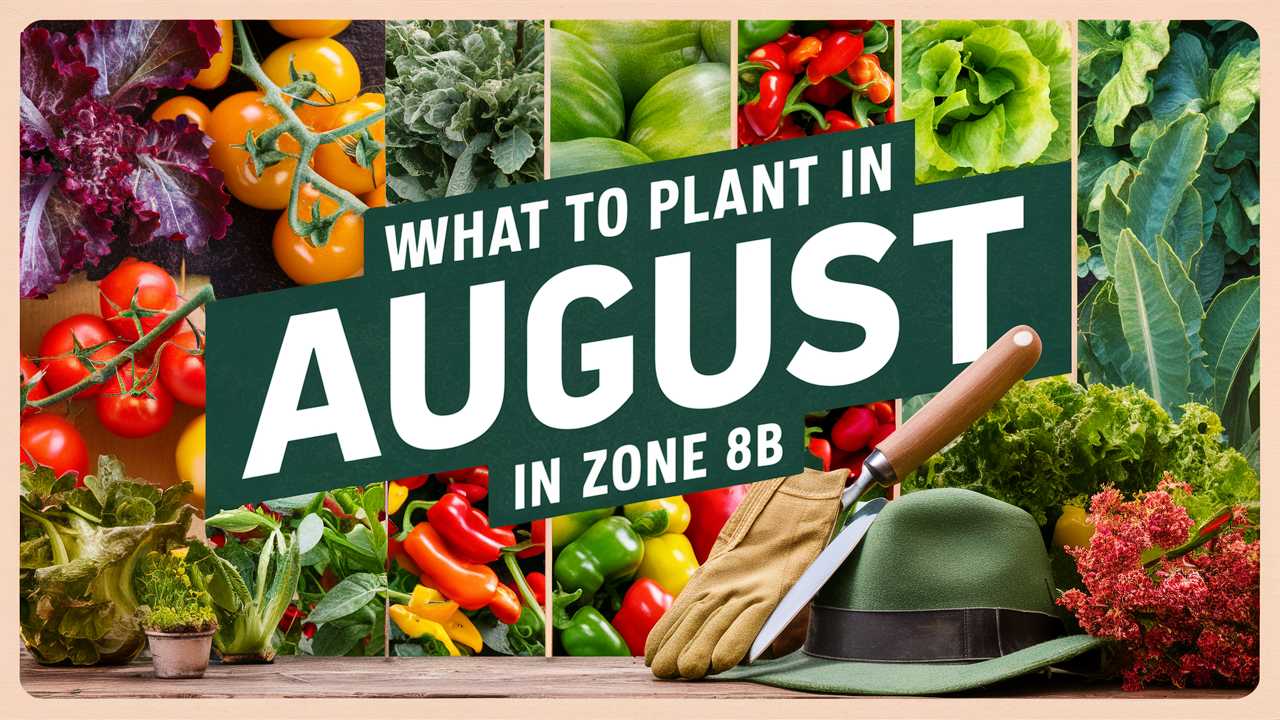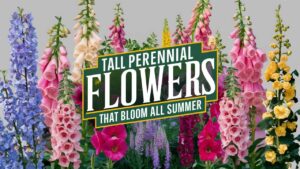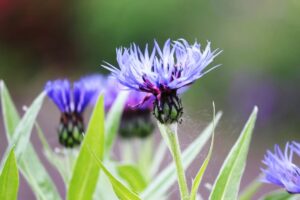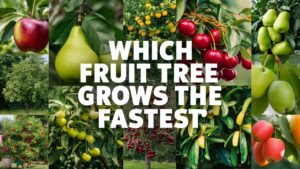This guide explores the best plants to cultivate in August, providing insights on optimal gardening practices to ensure successful growth.
Vegetables To Plant
August offers a plethora of opportunities for planting vegetables that can thrive even as cooler temperatures hint at fall. Here are ten robust options, each with specific growth and temperature tolerances.
Kale
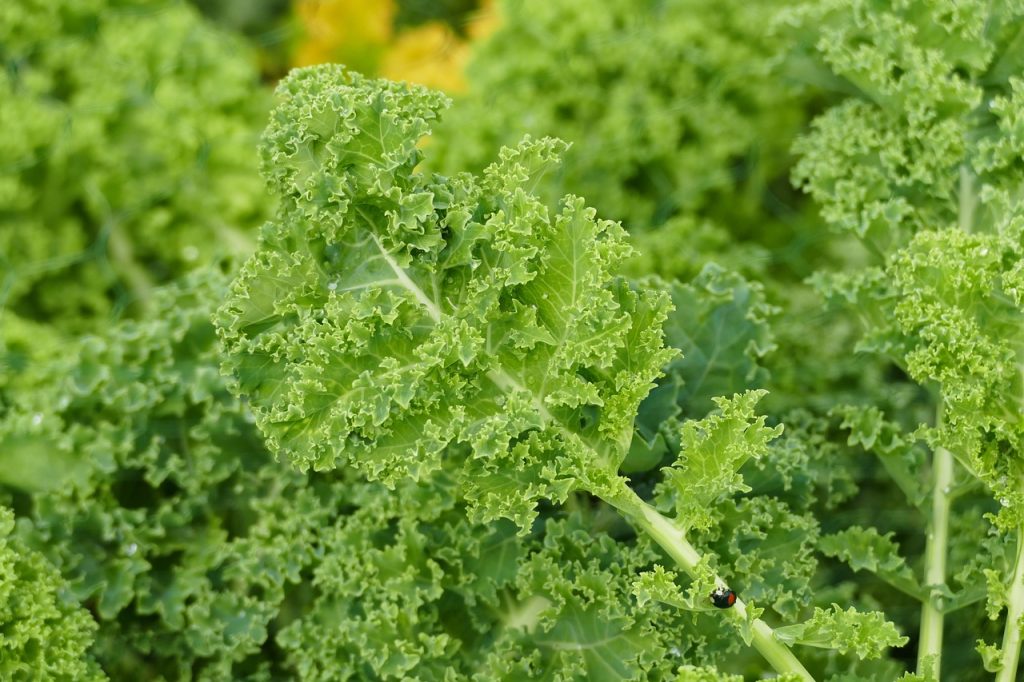
Kale is a nutrient-dense leafy green that flourishes in the cooler months. It’s tolerant to frost, making it an ideal choice for late summer planting. In Zone 8b, you can sow seeds directly into the garden until mid-August. As the temperature cools in September and October, the flavor of the kale will sweeten. Expect foliage to grow well into the winter, providing fresh greens even after frost.
Spinach
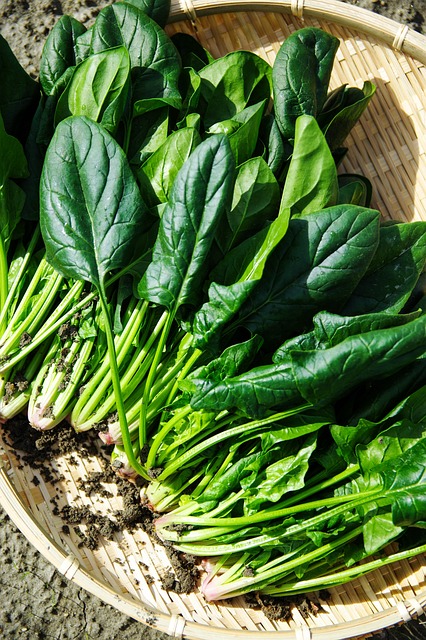
Traditionally sown in early spring, spinach can be successfully planted in August for a fall harvest. Spinach is a cool-weather crop that tolerates light frosts, enhancing its flavor. For mid to late-August sowing, consider selecting fast-growing varieties like ‘Quick Sun’ or ‘Space.’ The quick maturation makes starting in August a viable choice, yielding a harvest before the first hard freeze.
Swiss Chard
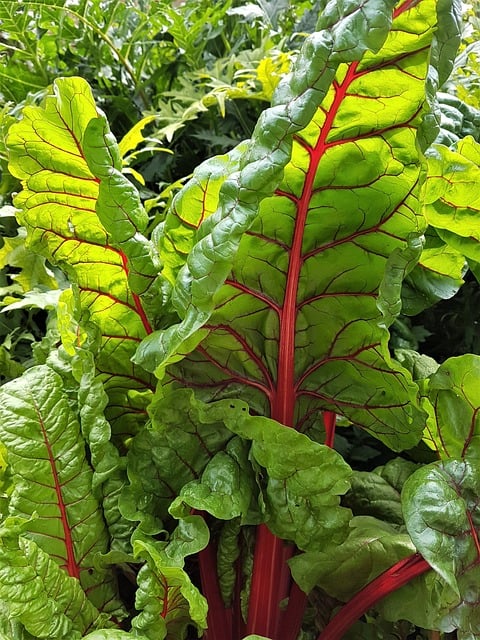
Swiss chard is known for its vibrant stems and broad leaves, making it not just nutritious but visually appealing. In Zone 8b, chard can be sown directly into the soil from early to late August. It thrives in partial shade, and mature plants can withstand temperatures as low as 20°F. Additionally, chard is a versatile green that can continue producing through the fall, providing continuous harvests of tender leaves.
Beets
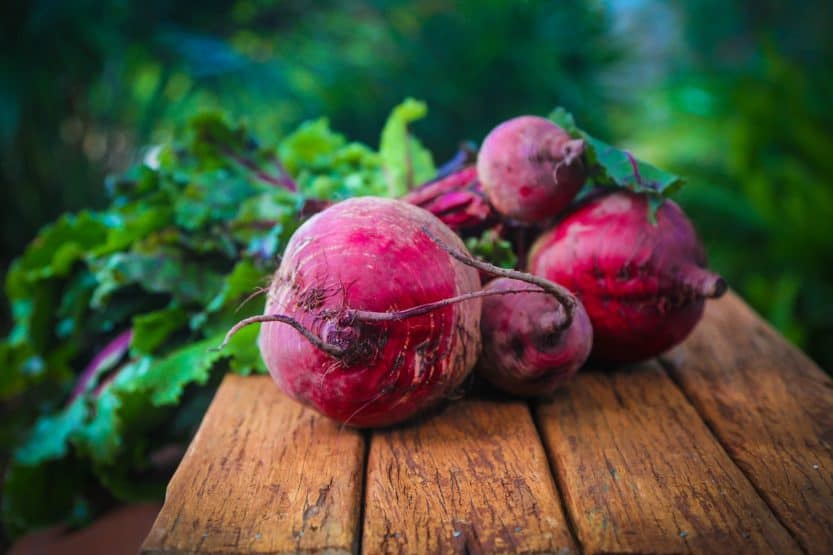
Beets are another great crop for August planting, as they can withstand some cooler temperatures while developing their sweet, earthy roots. Sow beet seeds in late August, ideally by the 15th, for a bountiful fall harvest. Beets prefer well-drained soil and consistent moisture; they should be spaced properly to ensure they have room to grow. Moreover, baby beet greens can also be harvested for salads, providing dual purposes with one planting.
Carrots
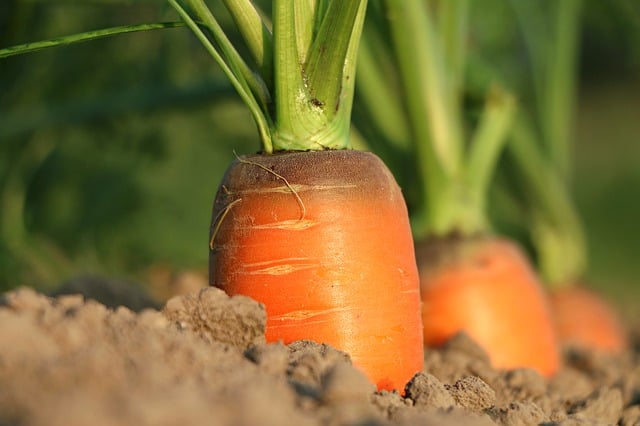
Carrots can also be planted in August for a late fall harvest in Zone 8b. They thrive in loose, sandy soil and cooler temperatures, making the late summer months perfect for sowing. Choose shorter varieties like ‘Little Finger’ if you’re time-constrained; they mature faster and are less likely to be affected by late-season pests. Carrots can be harvested from October through early winter, depending on your planting date.
Radishes
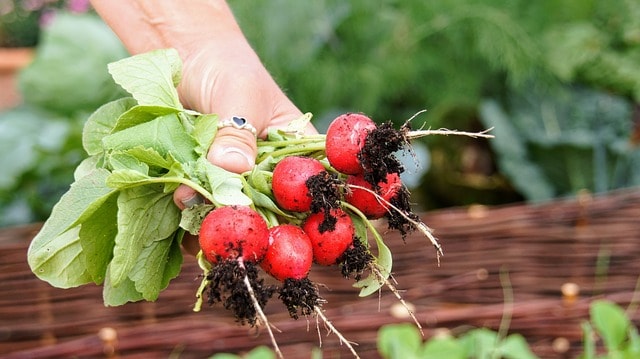
Radishes are among the fastest-growing crops and can be sown every few weeks for ongoing harvests. In Zone 8b, early August sowing allows enough time for a full crop before colder weather sets in. They prefer full sun and can tolerate some shade, but be cautious about soil moisture as overly wet conditions can cause them to split. Delightfully crisp and peppery, they’re a fantastic addition to salads or can be pickled for added zing.
Turnips
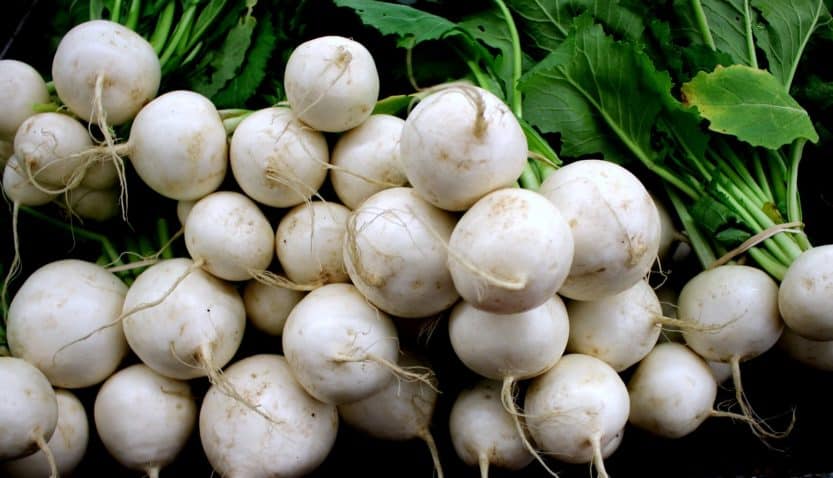
Turnips grow quickly and are another excellent crop for August planting. They can be sown until mid-August and will mature in approximately 30-60 days, depending on the variety. They are cold-hardy, tolerating temperatures down to 20°F, and both the roots and greens are edible. Requiring little maintenance other than consistent water and sunlight, turnips are an excellent choice for a gardener looking to maximize their late-summer planting efforts.
Broccoli
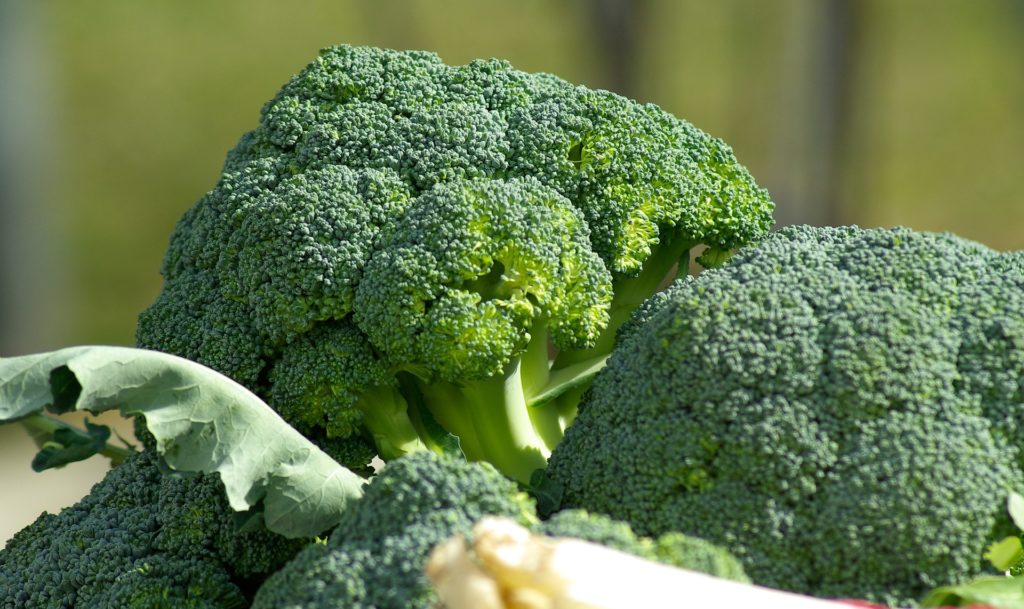
Broccoli can be planted in August in Zone 8b for an early winter harvest. Start seeds indoors about 6-8 weeks before the last frost or direct sow them in well-prepared soil. Broccoli thrives in cooler temperatures and is an excellent source of vitamins C and K. Keep the soil consistently moist and consider applying mulch to maintain soil temperature. Broccoli performs best when established with plenty of sunlight, ideally 6-8 hours daily.
Cabbage
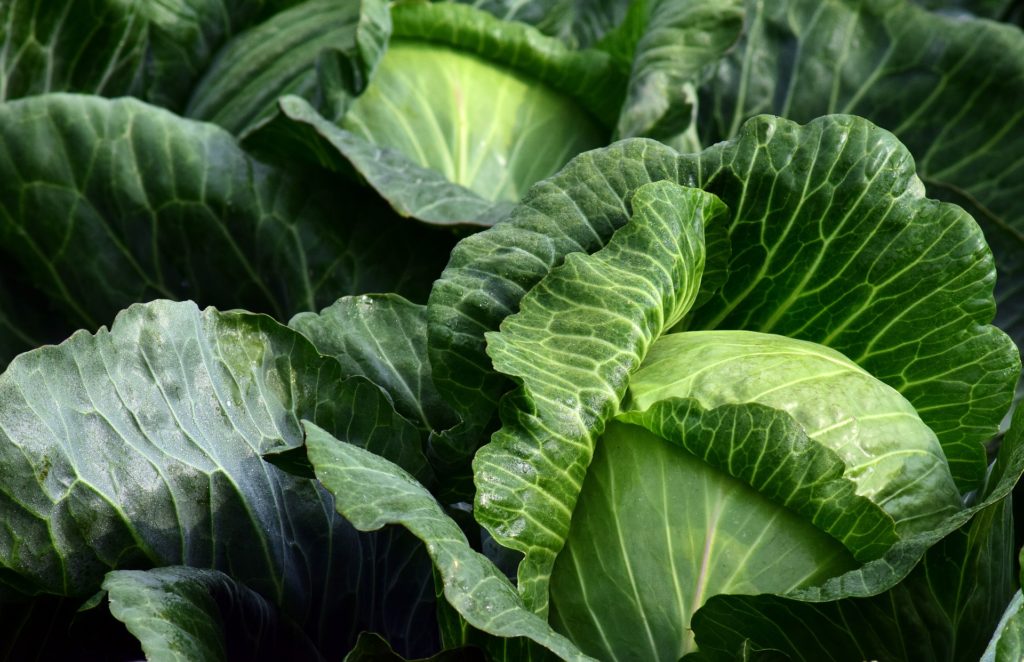
Cabbage, known for its form and flavor, is another cool-season vegetable that can be planted in late August. Sow seeds directly into the garden or purchase seedlings for a controlled start. Cabbage is frost-tolerant, meaning it can take light freezes without damage. With proper spacing and soil care, you’ll be rewarded with dense heads that can be harvested in late fall or early winter.
Peas
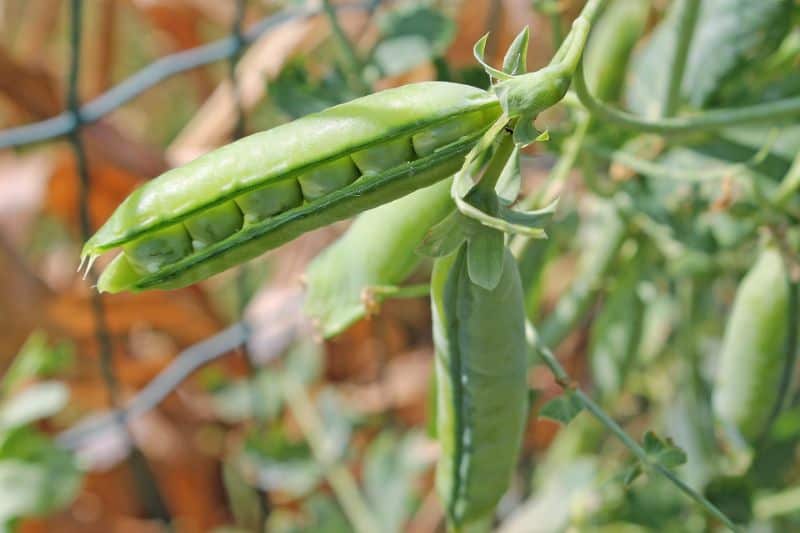
Peas are a delightful choice for a late summer garden and can be successfully planted in August for a fall crop. Snap and snow pea varieties thrive in cooler weather and can be sown undercover or directly into the soil. Peas should be spaced adequately to allow for climbing varieties. They require well-draining soil rich in organic material and should be watered regularly, especially during the germination phase, to ensure hearty growth.
Flowers To Plant
As summer begins to give way to fall, your garden doesn’t have to lose its vibrancy. Here are ten flowers perfect for planting in August that will bloom beautifully as the seasons transition.
Pansies
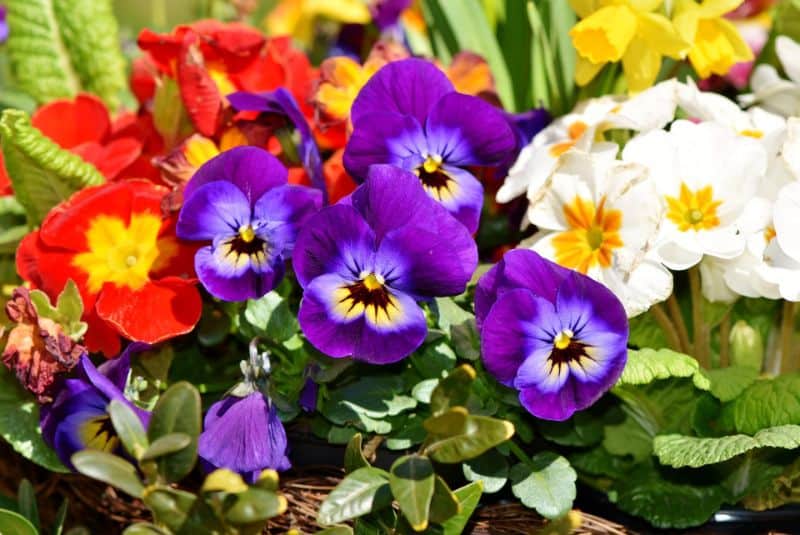
Pansies are one of the most versatile cool-season flowers and can be planted in August for a stunning fall display. They thrive in Zone 8b and can withstand moderate frosts, making them ideal for late summer planting. Pansies prefer well-drained soil and full to partial sun. Their myriad of colors and forms will add a cheerful touch to any garden or container.
Snapdragons
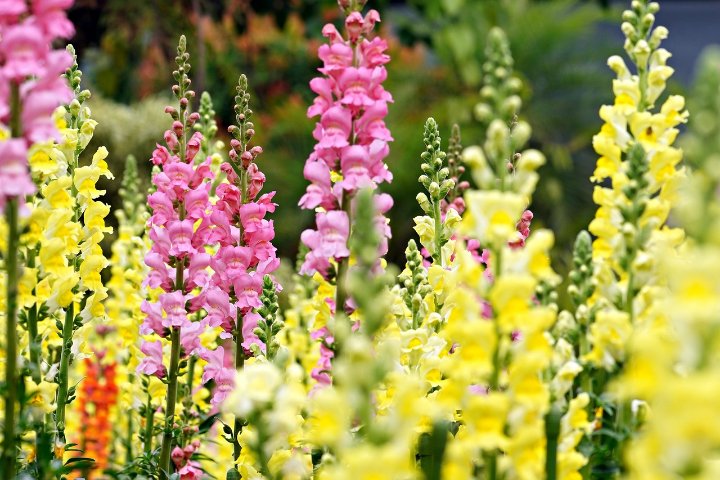
Snapdragons are self-seeding annuals that bring a splash of color to your late summer and fall garden. They can be planted throughout August and will provide a stunning visual display by late fall. Snapdragons thrive in cooler temperatures and can tolerate light frost. Ensure they receive enough sunlight and frequent watering to promote growth.
Sweet Alyssum
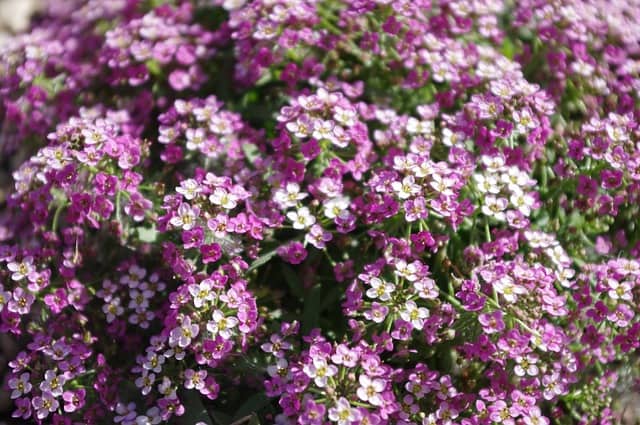
Sweet Alyssum is a charming, low-growing flower with a sweet fragrance. This resilient annual can be sown directly into your garden in August, filling gaps with its petite white, pink, or purple flowers. Thriving in full sun to partial shade, they often attract beneficial insects and pollinators. Sweet Alyssum can also self-sow, potentially returning year after year to beautify your garden.
Calendula
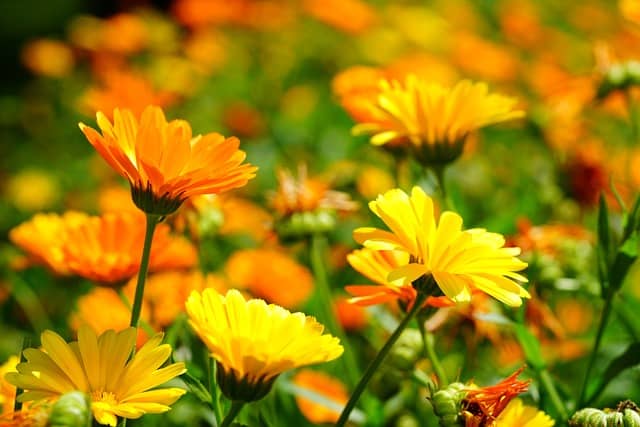
Calendula, commonly known as pot marigold, is renowned for its bright orange and yellow blooms. They can be sown in August and will flourish even into the cold months. This resilient flower is regarded for its medicinal properties too, making it a valuable addition to any herb or flower garden. Plant them in well-drained soil with full sun for the most vibrant blooms.
Coneflower
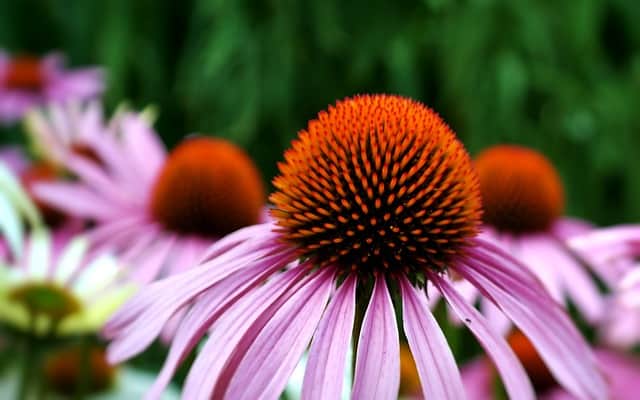
Echinacea, or coneflower, is a native plant that thrives in the heat. Late August sees the end of summer, but this robust perennial can be planted now to establish roots for the fall flowering season. Once mature, coneflowers attract pollinators and offer vibrant, daisy-like blooms that will return year after year. They prefer well-draining soil and can tolerate a variety of conditions.
Ornamental Cabbage
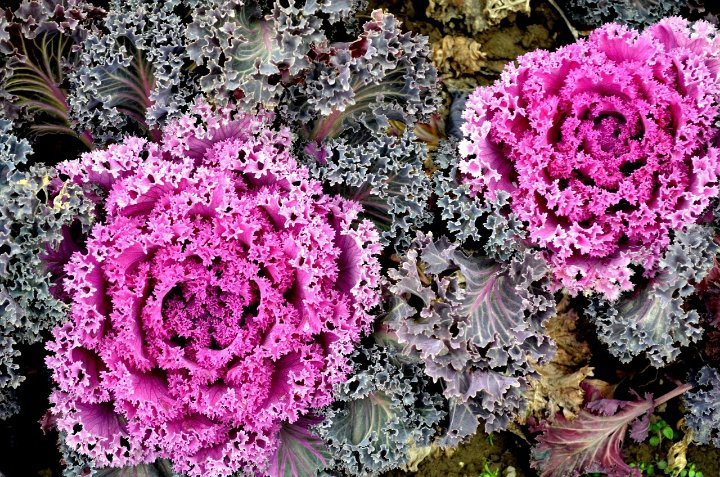
Ornamental cabbage and kale offer stunning foliage colors ranging from deep purple to bright green. Plant in late August for maximum display through the fall months. These hardy plants thrive in the cooler weather and can withstand frost conditions, providing a dramatic texture and color palette in your garden. Ideal for borders or containers, they will flourish with adequate moisture and sun.
Aster
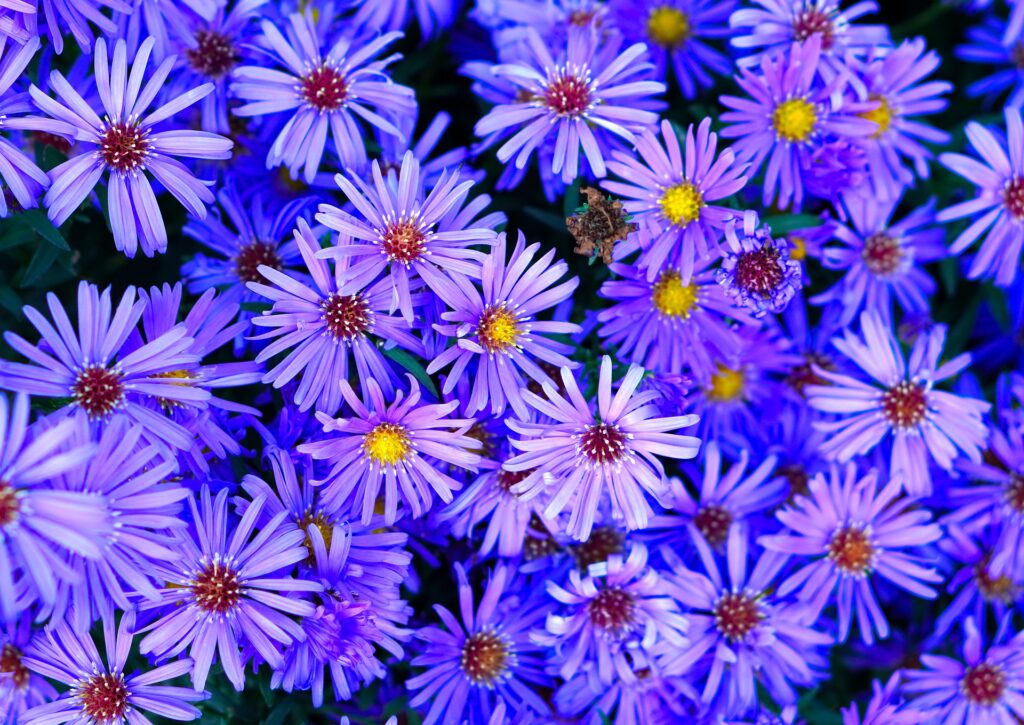
Asters are perennial favorites with star-shaped blooms that open in late summer and fall. Planting in August allows these lovely flowers to establish themselves before colder weather arrives. They thrive in well-drained soil with full sun, attracting butterflies to your garden. With varieties that bloom in multiple colors, asters are a great landscape addition for maintaining seasonal interest.
Garlic
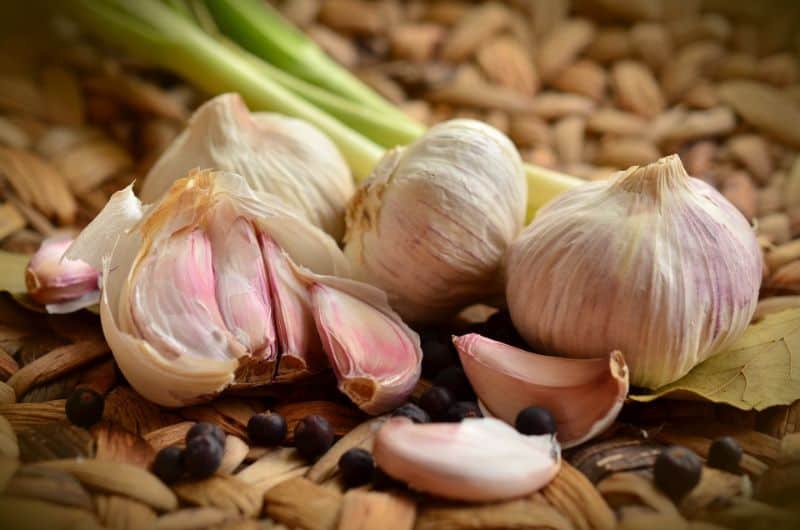
While commonly seen as a culinary staple, garlic also produces striking green shoots and white flowers. Planting garlic in August allows it to establish roots ahead of the winter, leading to robust growth in the spring. Choose hardneck varieties like ‘Siberian’ for Zone 8b, and ensure that they are planted in fertile, well-drained soil to maximize growth. Over time, your garlic will produce bulbs ready for culinary use.
Foxglove
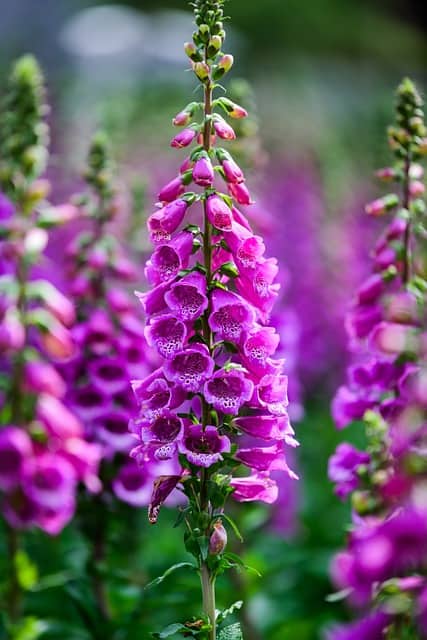
Foxglove is a biennial plant known for its tall flower spikes that provide vertical interest to any garden. They can be sown in August, allowing them to reach maturity for the following spring bloom. Though they prefer cooler temps, foxgloves thrive in moist, well-drained soil and partial to full sun. Attractive to pollinators, they will enhance the biodiversity of your garden while offering striking color.
Salvia
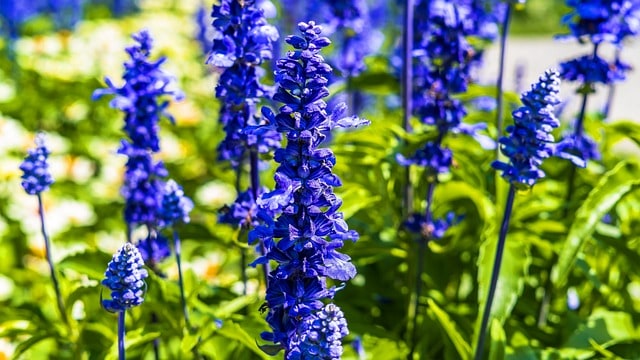
Known for attracting hummingbirds and pollinators, salvia is a hearty perennial that can bloom well into fall. Planting in August allows salvia to establish its roots before cooler months. It prefers full sun and is drought-tolerant once established, requiring minimal maintenance. With various colors and forms available, salvia is both practical and aesthetically appealing for creating a vibrant landscape.
Herbs To Plant
Herbs not only enhance your meals but can also bring a burst of freshness to your garden. Here are ten herbs that are ideal for planting in August in Zone 8b.
Basil
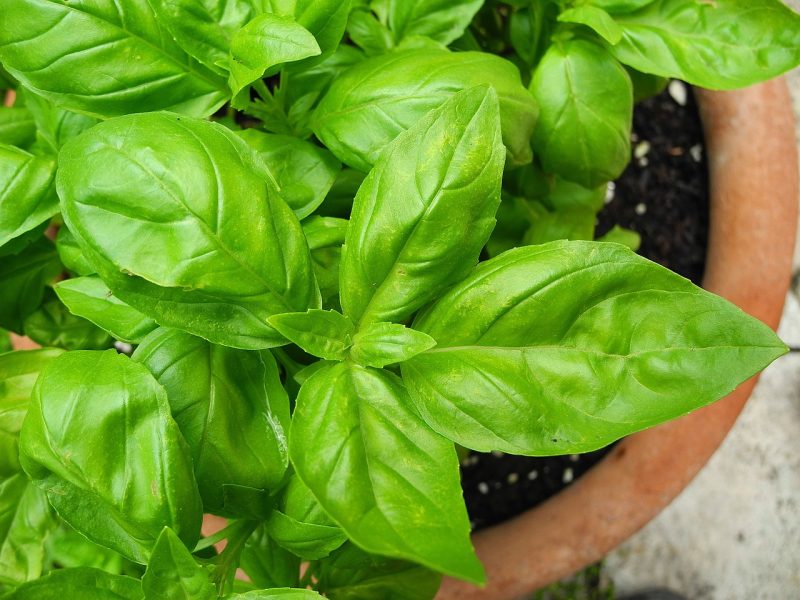
Basil is a culinary favorite known for its aromatic leaves. While best planted in spring, starting a second batch now can lead to a late harvest before the colder months kick in. Ideal for sunny locations, basil prefers well-drained soil and consistent watering. Successive sowing can keep you stocked with fresh basil for sauces, salads, or pesto until the first hard frost.
Chives
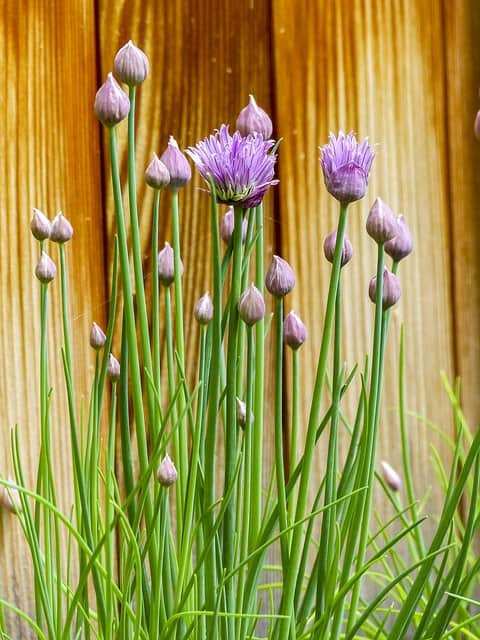
Chives are resilient and can be planted in August for a fresh and tangy addition to many meals. They are hardy perennials that thrive in full sun with well-drained soil. Chives are typically among the first fresh spring greens to appear and can tolerate low temperatures, making them potential winter survivors when mulched. Their delicate purple flowers are also edible and attract pollinators.
Cilantro
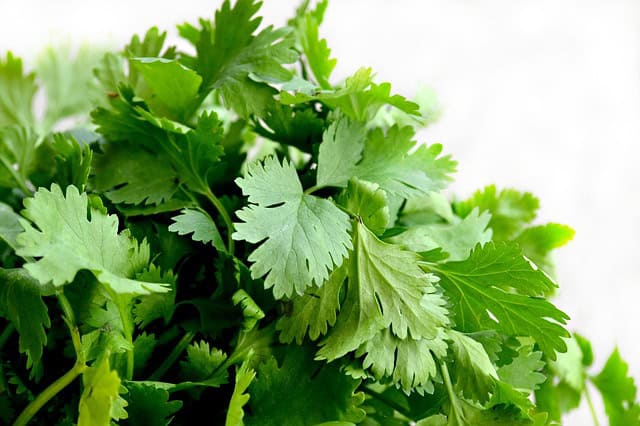
Cilantro tends to bolt in hot weather, making late summer an optimal time to plant for a fall crop. Sow seeds directly into your herb garden in late August. This herb prefers well-drained, cool soil and full sun, although they do appreciate some afternoon shade in hotter climates. With relatively quick growing cycles, cilantro can be harvested within a month, allowing you to enjoy fresh flavors in fall dishes.
Dill
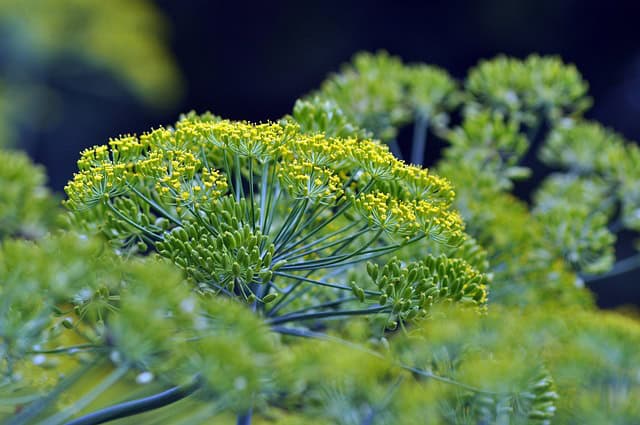
Dill can be successfully planted during August as it loves cooler temperatures and can withstand light frosts. Sow it directly into the ground or in a container. Dill thrives in sunlight and requires well-drained soil. This herb not only adds flavor to various dishes but is also a magnet for beneficial pollinators, enhancing overall garden productivity.
Parsley
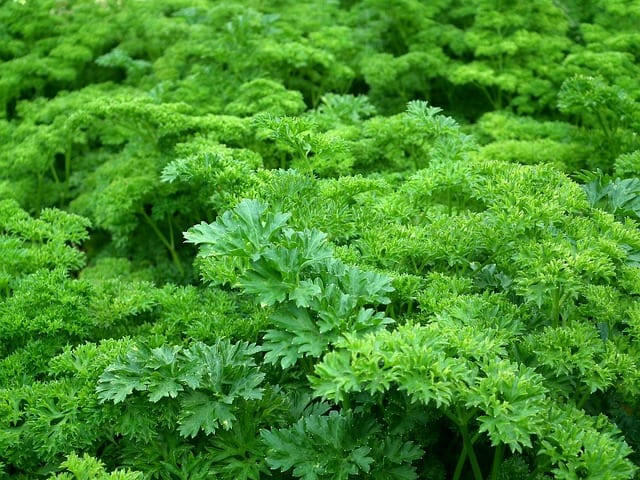
Parsley is a biennial herb that thrives through fall and winter in Zone 8b. Planting in August allows for ample growth leading into the cooler months, as it is frost-tolerant. Parsley prefers rich, moist soil and benefits from partial sunlight. Its versatility makes it an essential ingredient for many cuisines, and it’s also known to attract beneficial insects to the garden.
Oregano
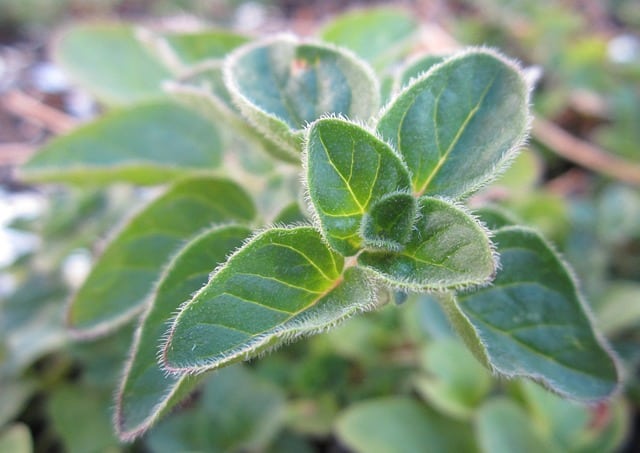
Oregano is a perennial herb that can be planted in August to establish before the cooler months. It thrives in well-drained soil and full sun, and its flavor intensifies with dry conditions. The plant can spread quite easily, so ensure it has enough space in your garden. Oregano can withstand a range of soil types and will continue to thrive year after year, providing culinary benefits.
Thyme
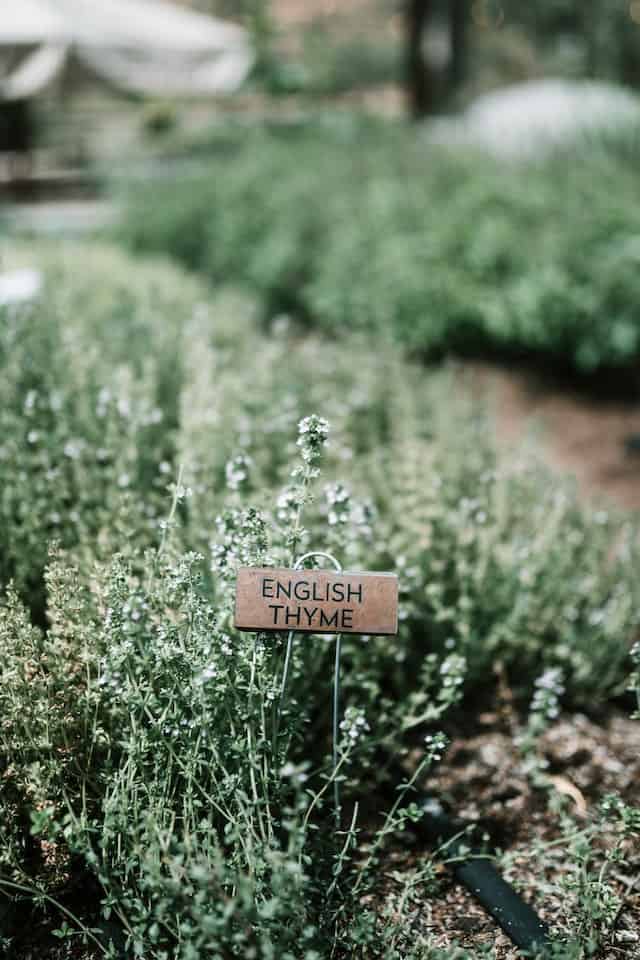
Having a hardy nature, thyme can be planted in August for a reliable crop that persists throughout the seasons. This aromatic herb is drought-resistant once established and prefers well-drained soil with ample sunlight. Start seeds directly into your garden or space established plants for easy harvest. Thyme is widely used in culinary applications due to its robust flavor and fragrant qualities.
Sage
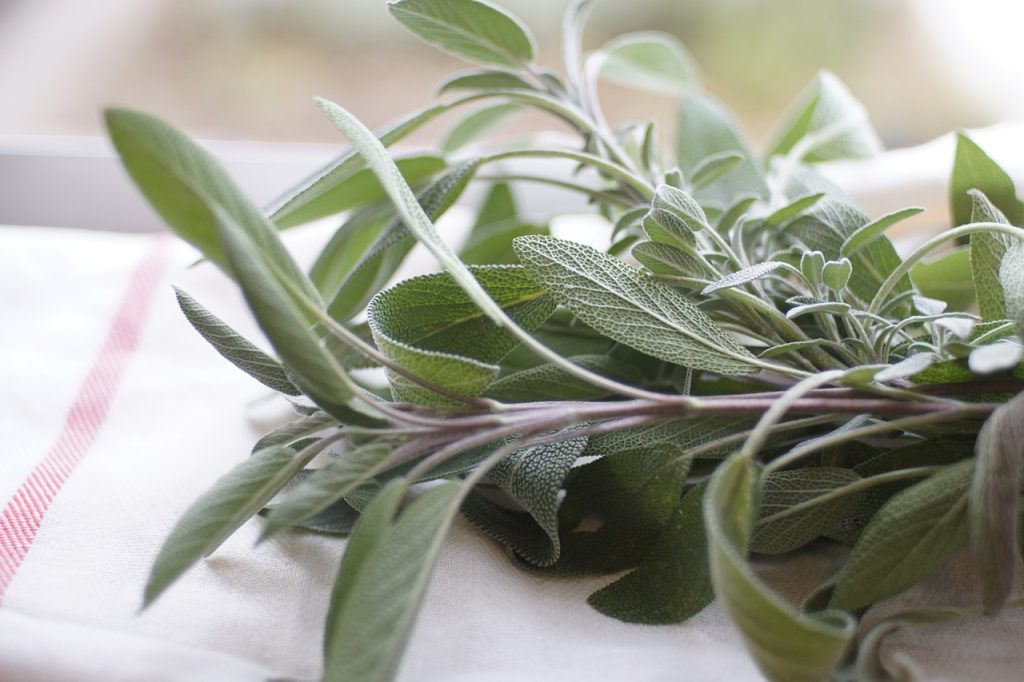
Sage is another prominent herb that thrives in Zone 8b. It can be planted in August and enjoys sunny locations with well-drained soil. Mature sage plants are drought-tolerant and can survive light frosts. This perennial herb not only adds flavor to cooking but also serves as an ornamental plant with its attractive, fuzzy leaves.
Mint
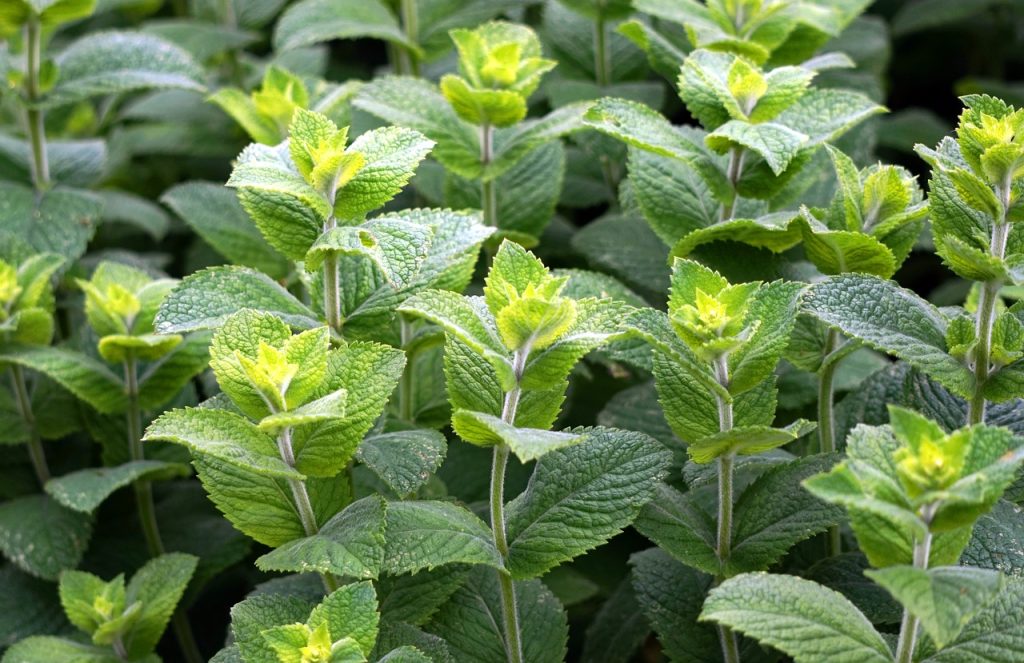
Mint spreads vigorously, making it ideal for containers or garden beds dedicated solely to its growth. Plant it in August to encourage fresh growth before fall. Mint prefers high moisture retention and partial shade, along with rich, well-drained soil. As one of the most aromatic herbs, it’s perfect for teas, garnishes, and culinary applications.
Tarragon
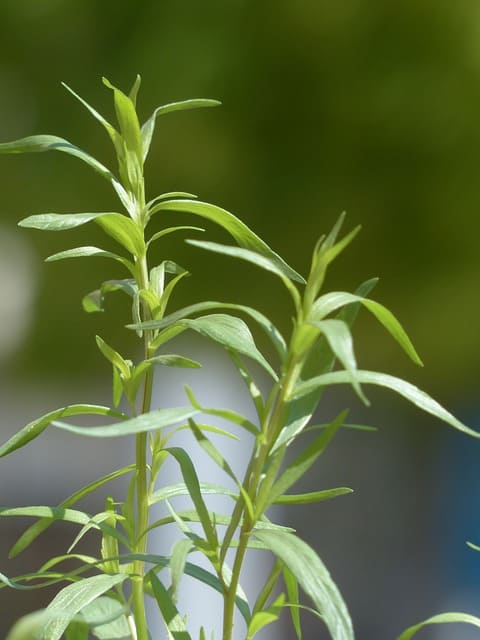
Tarragon is a perennial herb known for its unique anise flavor. In Zone 8b, planting in August allows it to root and establish before the intense summer heat wanes. It prefers well-drained soil conditions and full sun or partial shade. Tarragon can add depth to French cuisine and is often sought for its distinct flavor in various dishes.
Landscape Plants To Plant
Landscape plants contribute not only to the beauty of your surroundings when grown correctly but also play a vital role in maintaining soil health and improving biodiversity. Here are ten plants that are suitable for planting in August in Zone 8b.
Crepe Myrtle
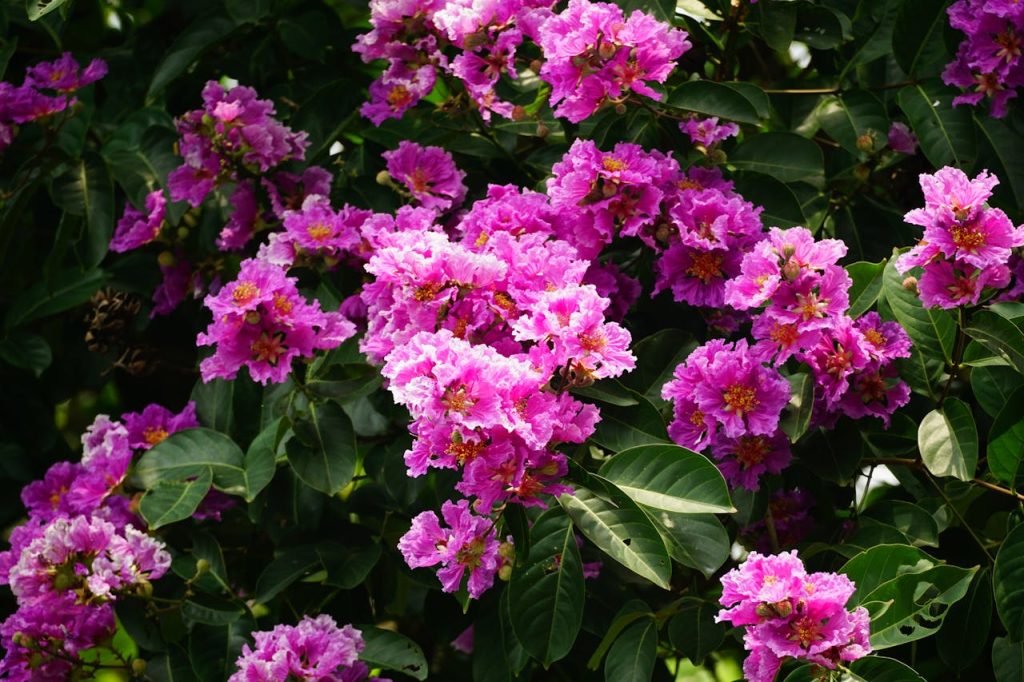
Crepe Myrtle is a stunning deciduous tree or shrub known for its striking summer blooms. Planting in August gives this hardy plant time to acclimate before the cooler months and promotes successful root establishment. They thrive in sunny locations with well-drained soil. Crepe Myrtles come in various colors and heights and can enhance the landscape’s multi-seasonal interest.
Butterfly Bush
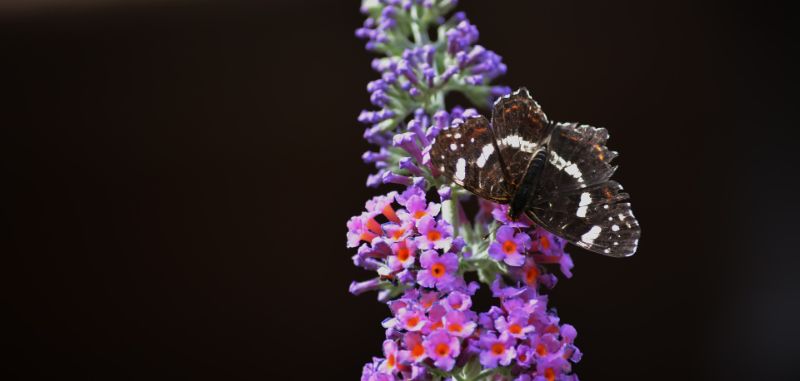
The butterfly bush is a perennial flowering shrub that attracts butterflies and other pollinators. Plant it in August to establish roots before the winter chill. Butterfly bushes prefer full sun and relatively dry, well-drained soil, thriving in a variety of conditions. They produce abundant blooms throughout the summer, adding vibrant colors and irresistible scents your landscape will appreciate.
Daylily
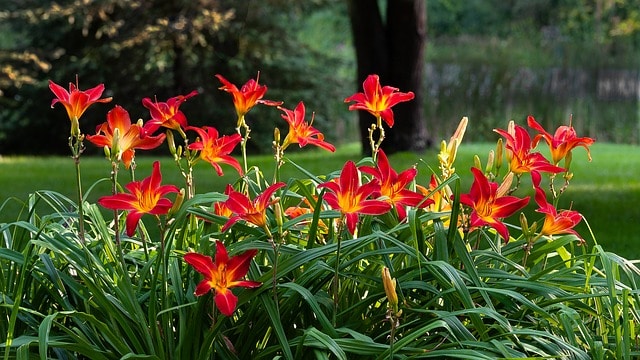
Daylilies are versatile perennials that can thrive in a variety of conditions. Plant them in August for robust establishment leading to lush blooms the following season. They tolerate heat and drought and can flourish in full sun to partial shade. Daylilies are also known for their longevity and ability to self-sow, ensuring a continuous display of a blooms year after year.
Oakleaf Hydrangea
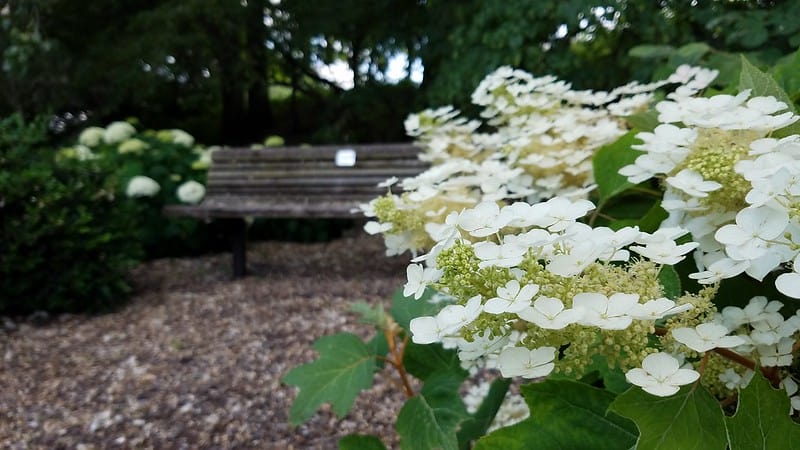
Oakleaf hydrangea offers distinctive foliage and blooms that change in color throughout the seasons. August planting gives these shrubs ample time to establish before cooler months. They thrive in partial shade and prefer rich, moist soil for optimal growth. Oakleaf hydrangeas add beauty to the landscape with their showy blooms and autumnal foliage, making them an excellent addition to any garden.
Amaryllis
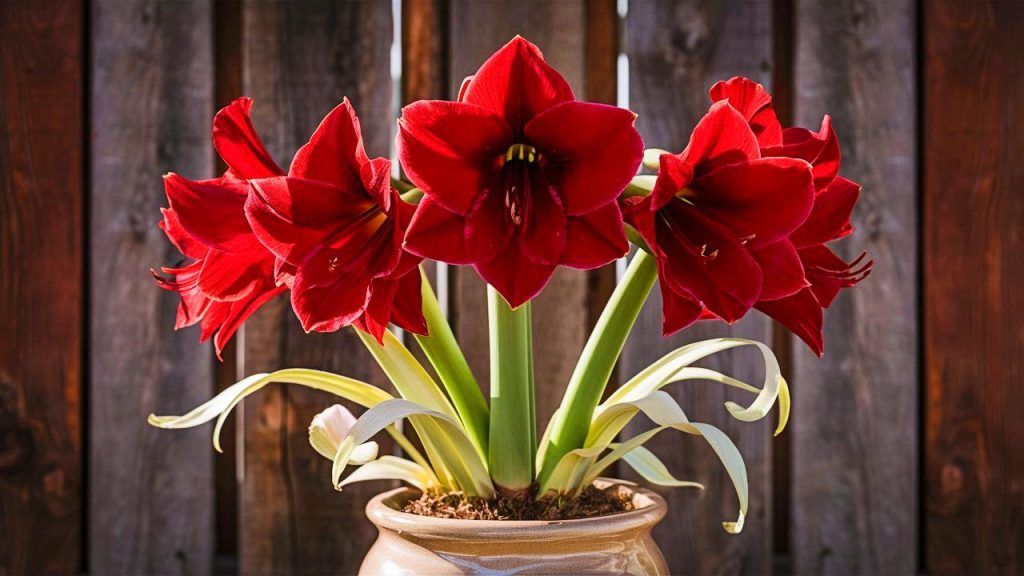
While often associated with winter holidays, amaryllis can be an excellent landscape plant when started in August. Plant in well-drained, sandy soil, and choose a sunny spot for maximal growth. These bulbous plants produce large, trumpet-shaped flowers and can become quite a focal point. They should be mulched during colder months for added protection.
Boxwood
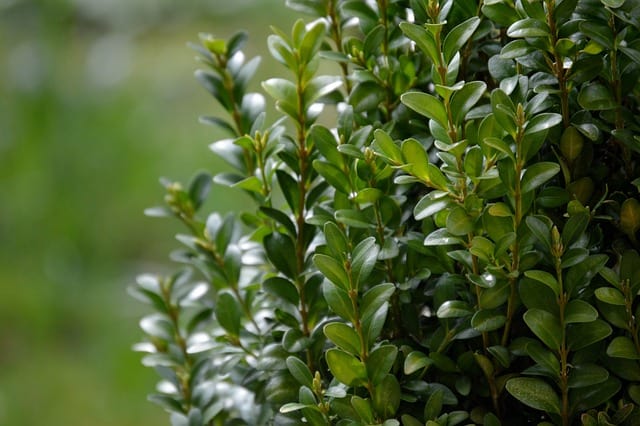
Boxwood is a foundational evergreen shrub often used in formal gardens and landscape designs. Planting in August allows for successful establishment before the winter months. Boxwoods prefer well-drained soil and can thrive in full sun to partial shade. They offer structure and year-round greenery to any landscape design and can be easily shaped and trimmed for desired aesthetics.
Astilbe
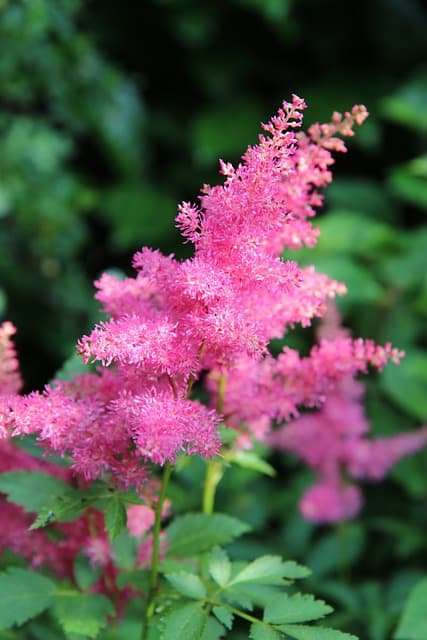
Astilbe is a lovely perennial that thrives in shaded gardens, providing layered textures through its feathery plumes. Plant them in August for rooted establishment heading into fall. Astilbe requires consistently moist soil and thrives in partial to full shade conditions. With a variety of colors available, they create impactful arrangements in shaded areas of your garden.
Ornamental Grasses
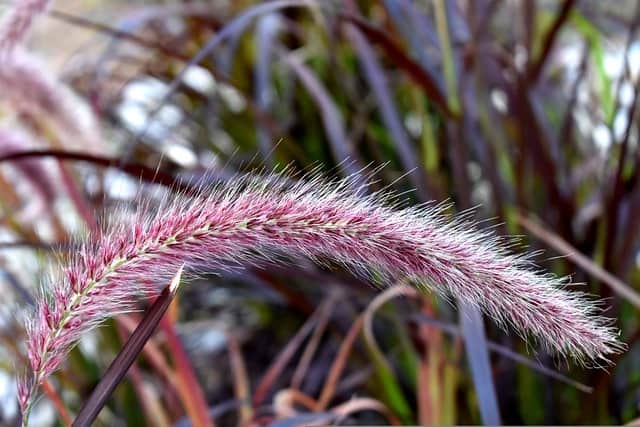
Ornamental grasses are diverse and can add visual interest to any landscape. Planting in late August allows these grasses to settle in before the winter months. The variety of textures, shapes, and colors available will suit many garden styles. They adapt well to different light and soil conditions and offer attractive seed heads and foliage structures that enhance seasonal landscapes.
Dogwood
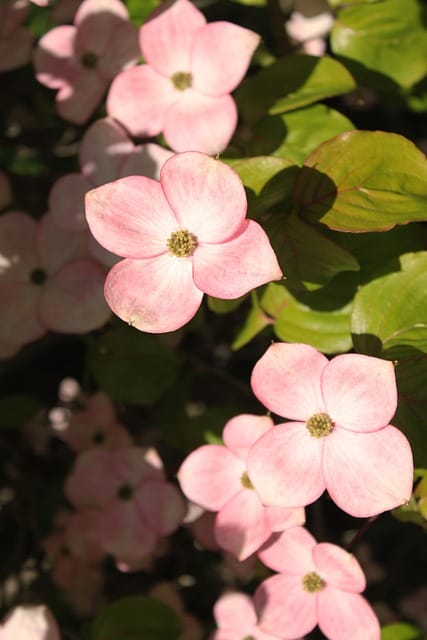
Dogwood trees are beloved for their early spring blooms and vibrant fall foliage. Planting in August allows for adequate establishment time. They prefer well-drained soil and partial shade, making them an excellent choice for woodland or garden edges. With their elegant branches and seasonal blooms, dogwoods become focal points throughout the year.
Red Maple
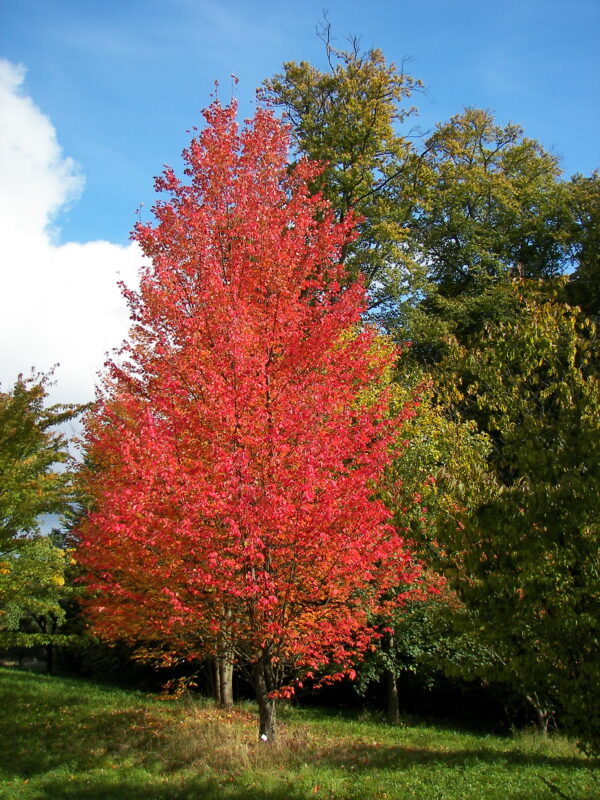
Red maples are deciduous trees known for their brilliant fall color. Planting in August is ideal to allow sufficient establishment before winter. They are adaptable to various soil types and prefer full sun. Red maples can be magnificent specimens for larger landscapes, providing shade and vibrant autumn foliage that enhances natural beauty year-round.


